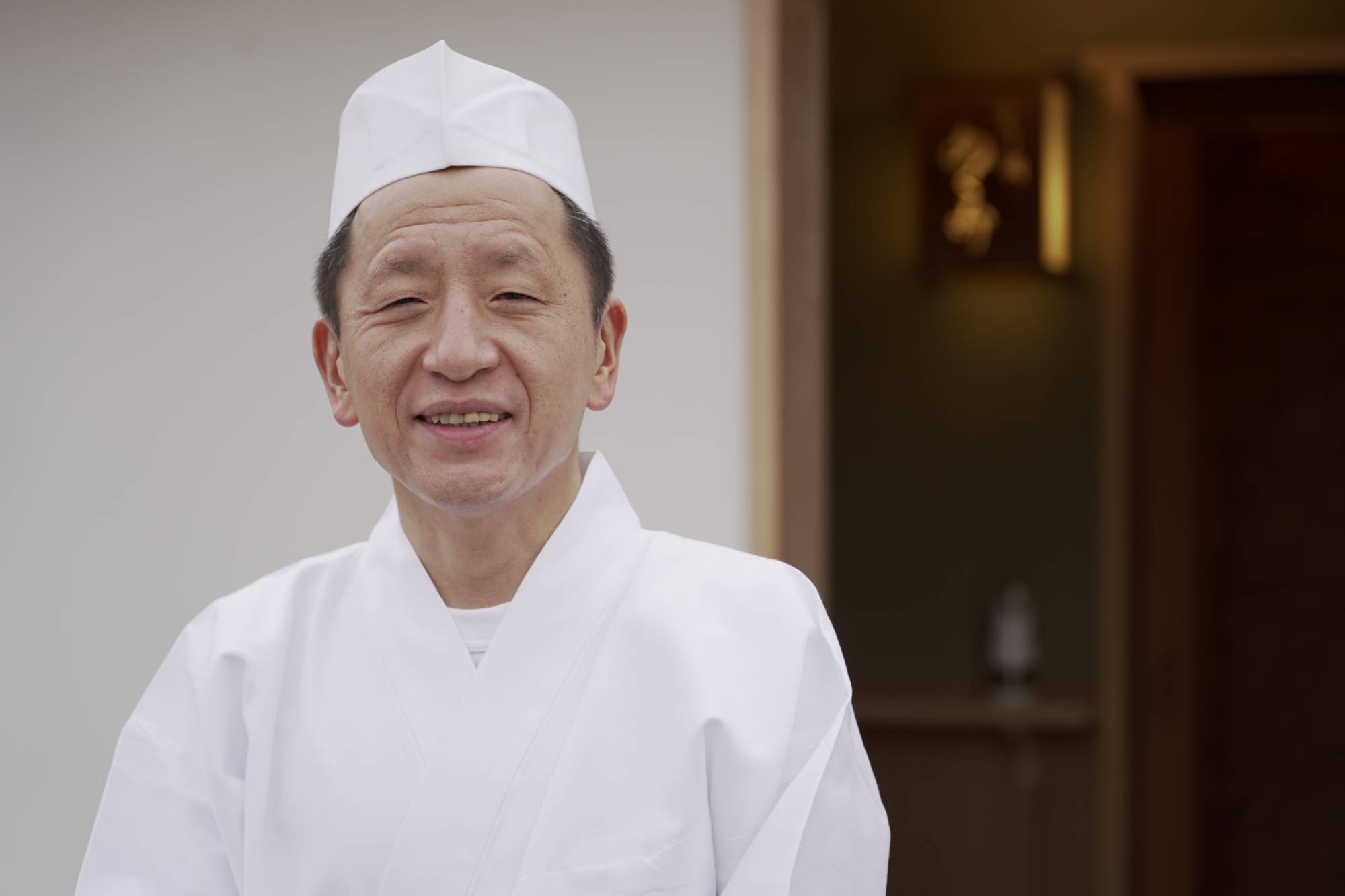Winter is peak seafood season in Kanazawa. Across the city, restaurants draw in locals and out-of-town visitors alike with feasts centered around the finest, freshest fish they can procure from the nearby Japan Sea coast.
Nowhere is the maritime bounty of this region more evident than at Omicho Market, the cluster of narrow streets often referred to as “Kanazawa’s kitchen.” Especially in the lead-up to the new year, it is jammed with people buying provisions for the holidays, lining up outside specialist eateries or simply gawking at the eels, urchins, mollusks and crustaceans arrayed alongside the yellowtail, salmon and other fish.
For a small but significant number of epicurean travelers, however, the most revered address for seafood dining lies a 20-minute drive out into the suburbs to the neighboring commuter town of Nonoichi. It is here, tucked away unobtrusively in the tidy, quiet, residential backstreets, that you’ll find chef Takayoshi Yamaguchi and his revered restaurant Sushidokoro Mekumi.


















With your current subscription plan you can comment on stories. However, before writing your first comment, please create a display name in the Profile section of your subscriber account page.